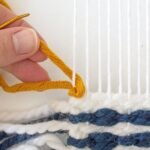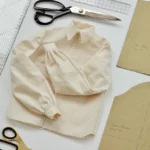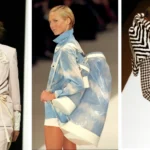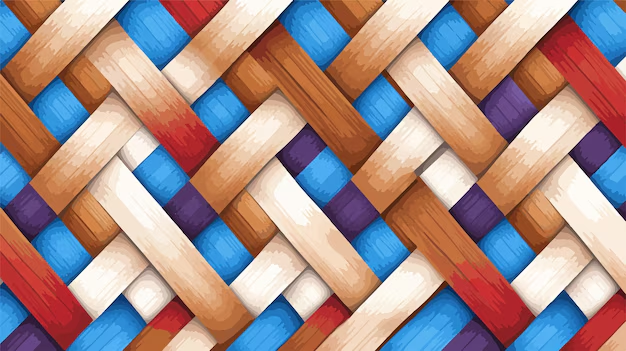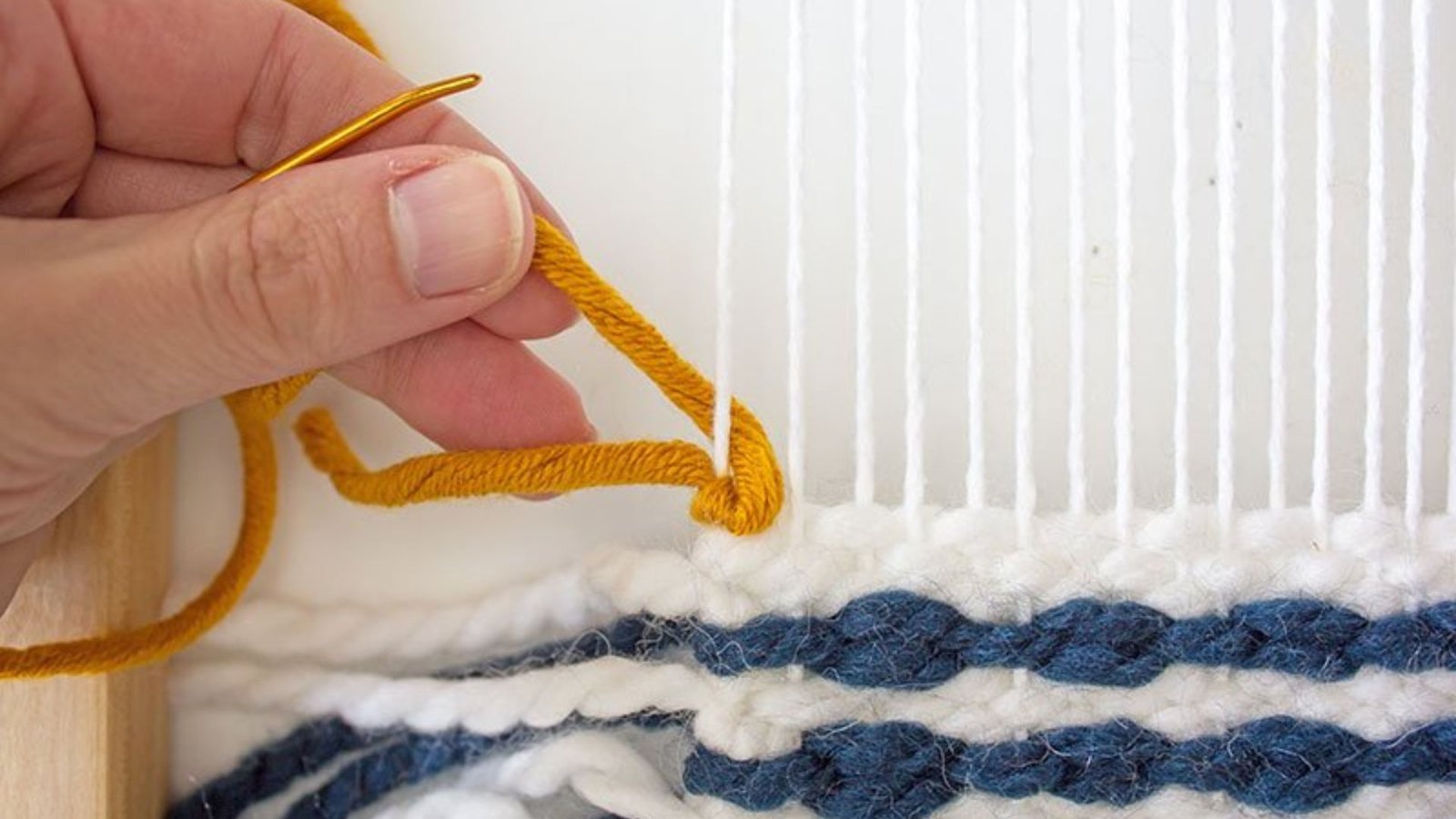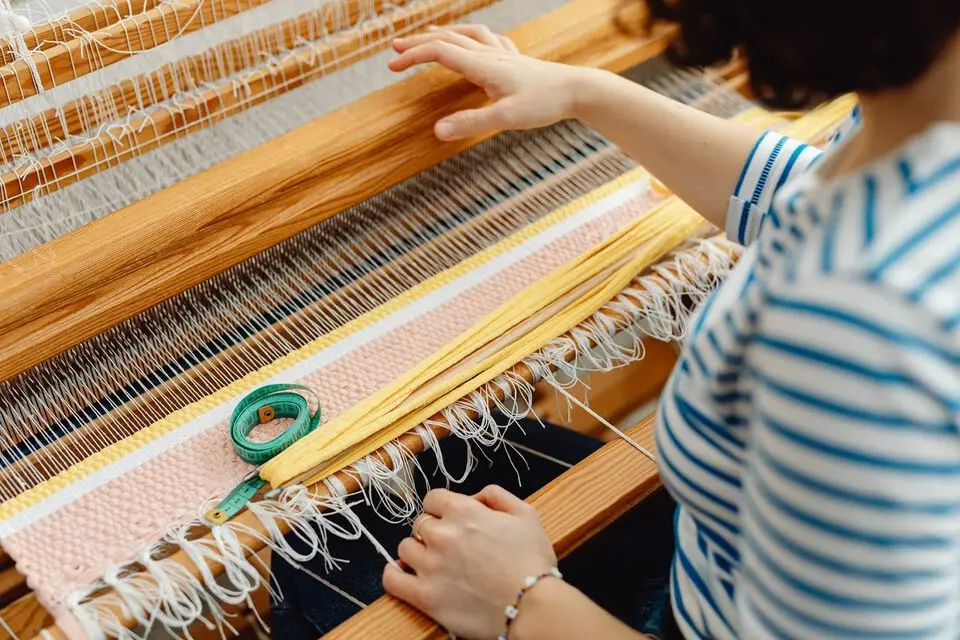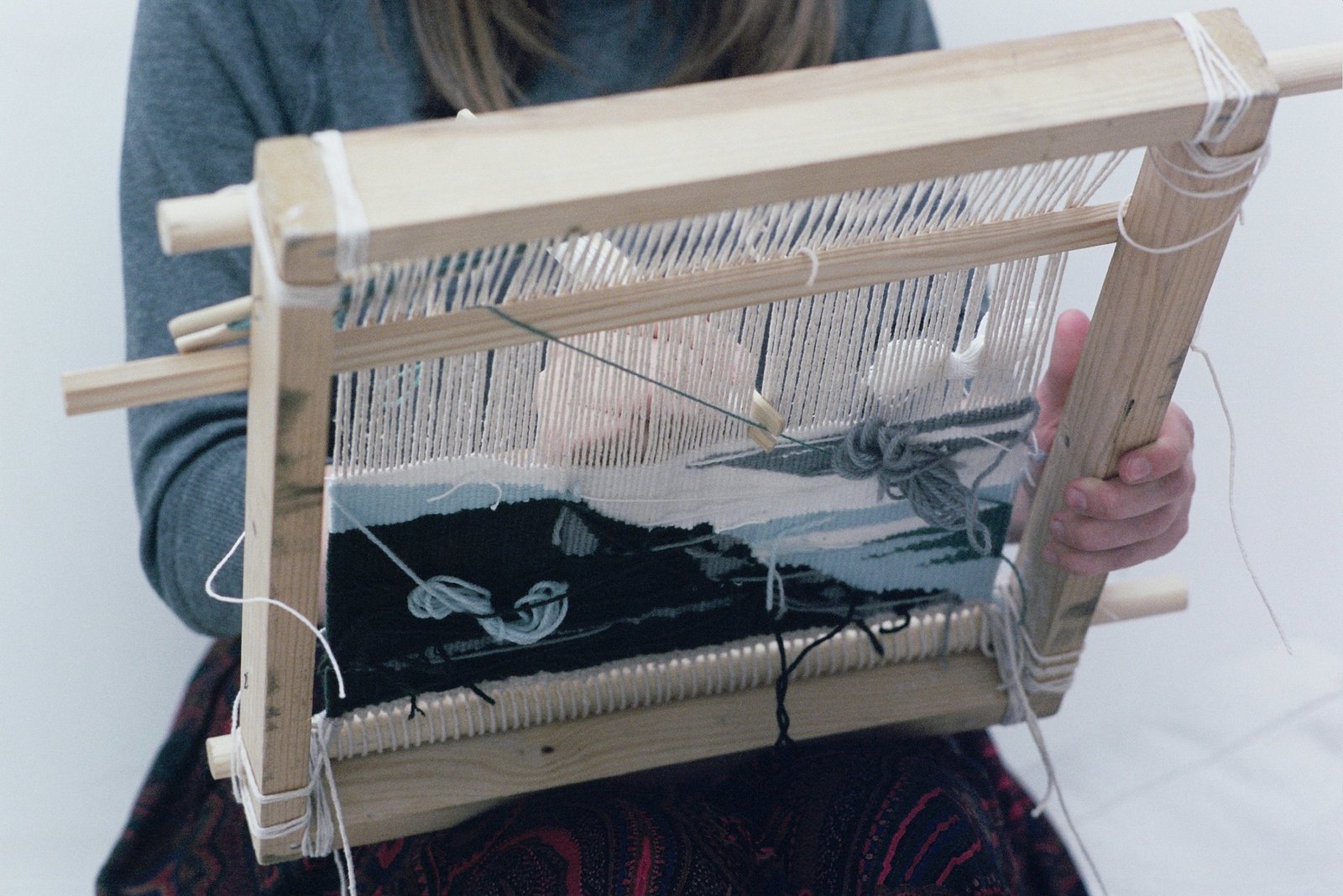Weaving is not only a functional craft but also an art form that allows for endless creativity. Stylish weaving patterns can transform a simple piece of fabric into a statement of design and elegance. This guide explores various weaving patterns that are popular among crafters and designers, helping you add a touch of sophistication to your woven creations.
Classic Weaving Patterns
Plain Weave
Plain weave is the most basic and versatile pattern, often used as a foundation for more complex designs. It involves passing the weft thread over and under each warp thread in a simple, alternating sequence. The result is a grid-like texture that is strong and durable. Plain weave is ideal for everyday items like scarves and tablecloths.
Twill Weave
Twill weave creates a diagonal pattern, adding depth and interest to the fabric. In this pattern, each weft thread crosses over two or more warp threads before going under, creating a distinctive diagonal line. Twill weaves are often used for making fabrics like denim and tweed. This pattern adds a touch of elegance and is perfect for structured garments.
Satin Weave
Satin weave produces a smooth, glossy surface with a high sheen. This pattern is achieved by weaving each weft thread over multiple warp threads before going under one. The result is a luxurious fabric that reflects light beautifully. Satin weave is often used in formal wear and decorative textiles for its elegant appearance.
Contemporary Weaving Patterns
Herringbone
The herringbone pattern features a V-shaped design that alternates direction. This pattern is created by weaving a series of twill lines that shift in opposite directions, creating a distinctive, zigzag effect. Herringbone is a stylish choice for sophisticated garments and home decor items, adding visual interest and texture.
Chevron
Chevron patterns consist of a series of V-shaped stripes that create a bold and dynamic look. This pattern is achieved by using a series of angled lines that repeat throughout the fabric. Chevron weaves are popular for adding a modern touch to textiles and are commonly used in fashion and interior design.
Basket Weave
Basket weave is a variation of plain weave that creates a textured, interlaced pattern. It involves grouping warp and weft threads into pairs or groups, creating a pattern that resembles a woven basket. This pattern is durable and adds a unique texture to fabrics, making it suitable for both functional and decorative items.
Artistic Weaving Patterns
Ikat
Ikat is a dyeing technique that involves pre-dyeing the yarns before weaving. The result is a blurred, abstract pattern that adds an artistic touch to the fabric. Ikat patterns can range from simple to complex, depending on the dyeing technique and the design. This pattern is perfect for creating striking and unique textiles.
Jacquard
Jacquard weaving involves using a specialized loom to create intricate, detailed patterns. This pattern allows for complex designs and motifs to be woven directly into the fabric. Jacquard patterns can include floral, geometric, or even pictorial designs, offering a high level of detail and sophistication.
Tapestry Weave
Tapestry weave is a technique used to create detailed, colorful images or patterns in the fabric. Unlike other weaving patterns, tapestry weave involves weaving multiple weft threads across the warp to build up intricate designs. This method is ideal for creating decorative wall hangings and artistic pieces.
Choosing the Right Pattern for Your Project
When selecting a weaving pattern, consider the following factors:
Purpose
Think about the intended use of your fabric. For everyday items, basic patterns like plain weave or twill are practical and durable. For special occasions or decorative purposes, patterns like satin weave or jacquard can add a touch of elegance.
Skill Level
Some patterns are more complex and require advanced weaving skills. Beginners may want to start with simpler patterns like plain weave or basket weave before progressing to more intricate designs.
Material
Different patterns work better with certain materials. For example, satin weave is ideal for smooth, luxurious fabrics, while herringbone and chevron patterns are well-suited for thicker, more textured yarns.
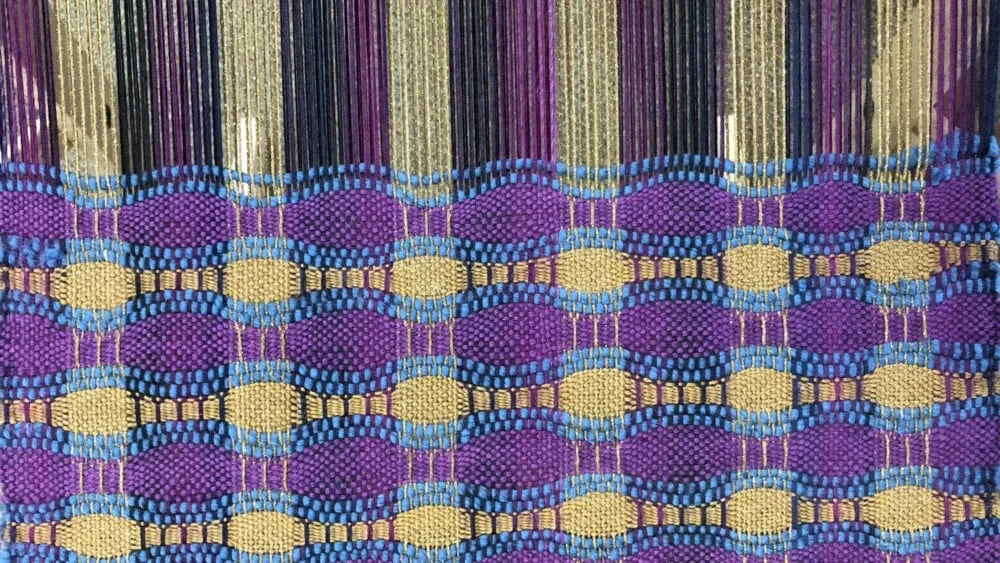
Conclusion
Stylish weaving patterns offer a wide range of possibilities for creating beautiful and unique fabrics. From classic designs like plain and twill weave to contemporary and artistic patterns like chevron and jacquard, each pattern adds its own character and charm to your woven projects. By exploring and experimenting with different patterns, you can create textiles that are both functional and aesthetically pleasing, reflecting your personal style and creativity.




